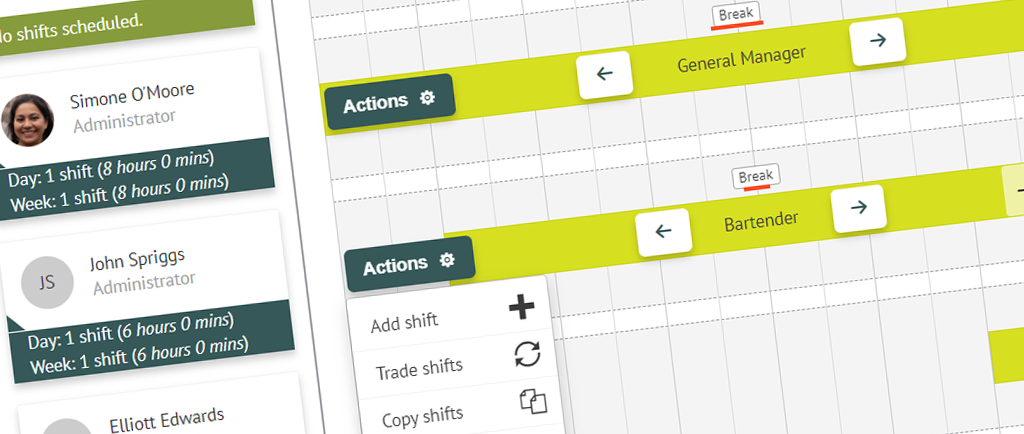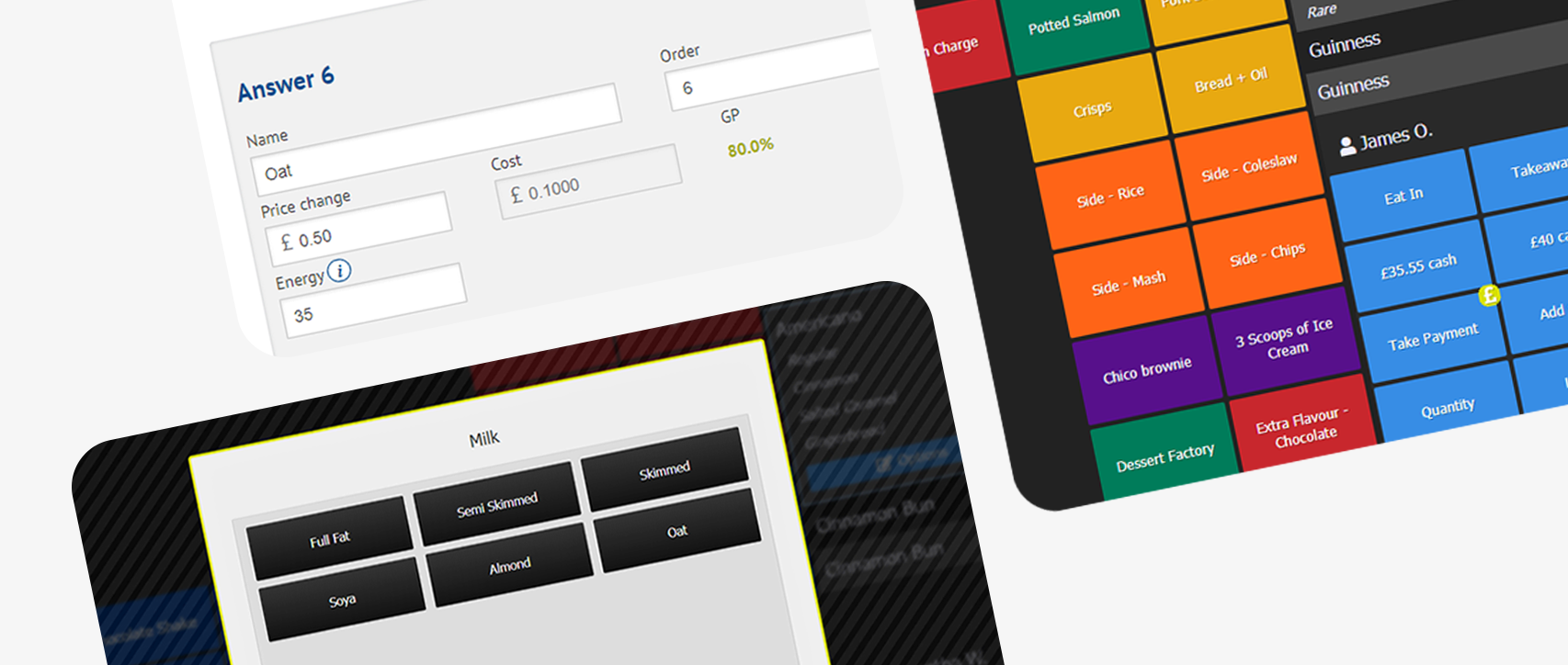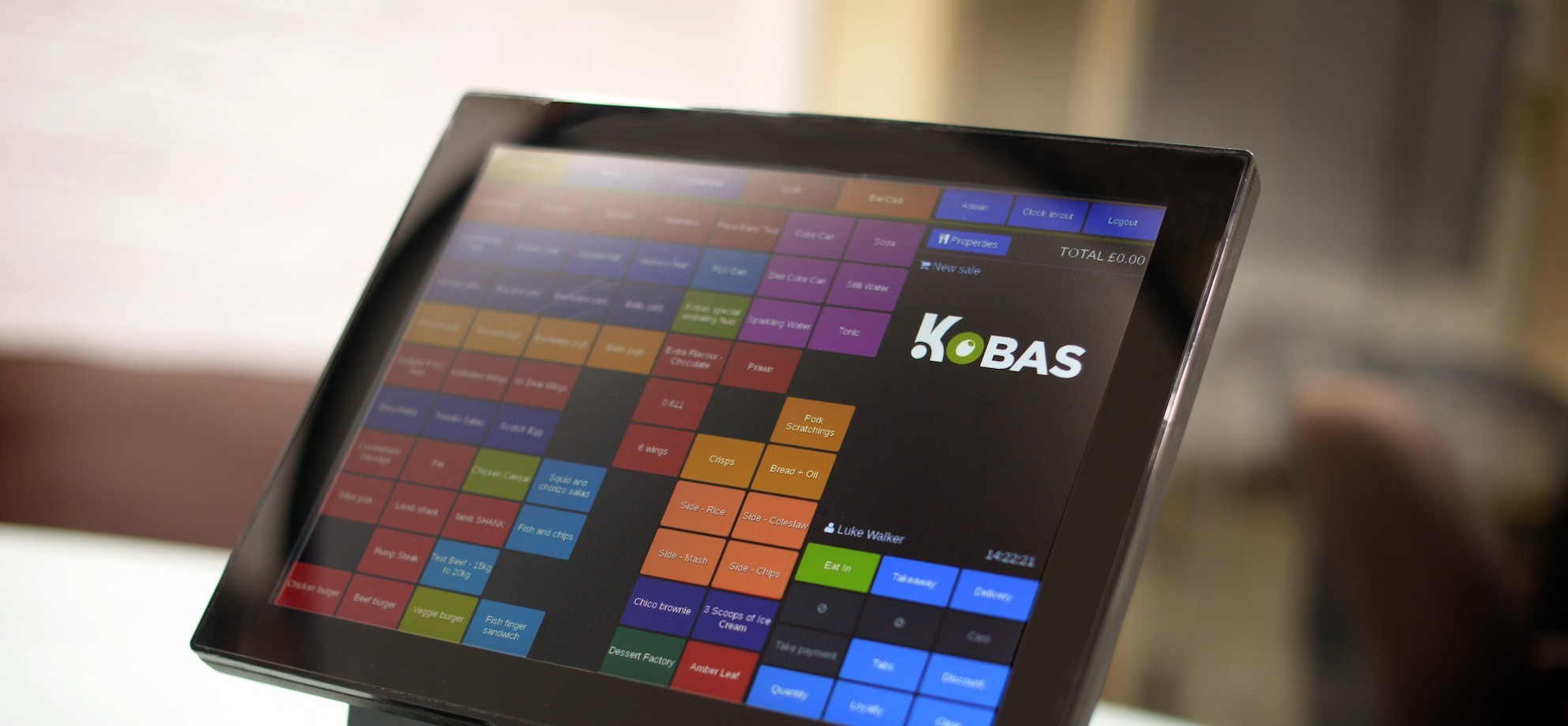In the fast-paced world of hospitality, a well-crafted rota is more than just a schedule; it’s the operational backbone that ensures smooth service delivery.
For restaurants, hotels, bars, and events, having the right number of staff with the right skill level and working at the right time is essential to delivering exceptional guest experiences and maximising staff satisfaction whilst maximising business profitability. However, creating efficient rotas can be a complex challenge due to the industry’s unique characteristics.
Key Factors to Consider When Creating a Rota

To build a successful rota, several key factors must be considered.
Staff availability:
Understanding employees’ working preferences, shifts, and contract types is essential. Open communication with your team will help to ensure you’re aware of any limitations or preferences they may have, such as preferred shift times and days off. This consideration not only helps in avoiding scheduling conflicts, but also boosts employee morale by showing that their needs are valued. It’s also important to remember this when recruiting to ensure you have a good balance of availability across your team.
Skillset requirements:
Matching staff qualifications to specific roles and shifts is crucial for efficient operations and should inform recruitment decisions. For example, a restaurant with an extensive cocktail menu may require more skilled bartenders during the festive period. We also recommend taking note of skill gaps, such as barista training or first aid certification. Not only will this provide more flexibility across the team, but it supports professional development.
Labour costs:
Balancing staffing levels with budget constraints is a delicate task, and so important to keep the company financially viable. Overstaffing is a luxury the hospitality industry cannot afford. To manage this, use historical data to forecast busy and quiet periods, and plan your rota accordingly. Additionally, consider the cost implications of different types of contracts such as full-time, part-time and zero-hour contracts, and use them strategically to manage labour costs.
Legal compliance:
Adhering to (and surpassing) labour laws, including overtime, breaks, and minimum wage, is mandatory. This ensures that staff receive the appropriate breaks, paying at least minimum wage, and adhering to maximum working hours.
Business fluctuations:
Anticipating peak and off-peak periods to optimise staffing levels is vital, but notoriously very difficult. Having access to historical data is a tried and tested way to understand potential future footfall, helping you to adjust staffing levels to ensure you’re not under or overstaffed. Again, having flexible staff that can swap shifts and attend shifts at short notice can be a benefit and something to look for when recruiting.
Step-by-Step Guide to Building an Effective Rota

Creating an effective rota involves several key steps:
- Connected approach: Ensure your rota system contains either the ability for your team to add holidays and leave, or integrates with the HR system you use to manage time off. When creating rotas, this approach will provide you with complete transparency into staff availability, enhancing rota accuracy from the very beginning.
- Template creation: Develop several standardised rota templates that outline essential information such as employee positions, shifts, breaks, and total hours worked. This makes the task of writing the rota weekly much more efficient. Templates may be required for quieter and busier weeks.
- Drafting the rota: Based on forecasted business activity, create a preliminary rota, considering factors like staff availability, skill sets, and labour costs.
- Data analysis: Utilise historical data on sales, customer numbers, and staffing levels to refine the rota for accuracy.
- Publication: Share the rota with staff in a clear and accessible format, allowing for necessary adjustments and feedback within plenty of time, to drive staff satisfaction.
Tips for Managing Common Rota Challenges
Hospitality businesses often face unique challenges when managing rotas:
| Challenge | Guidance |
|---|---|
| High staff turnover | Implement effective onboarding processes and provide clear communication to minimise disruptions. |
| Last-minute changes | Empower staff to swap shifts when required and within the requirements of the shifts, to give the staff the flexibility that the business demands. |
| Skill shortages | Cross-train employees to increase versatility and reduce reliance on specific skill sets. |
| Overtime management | Monitor overtime hours closely and implement strategies to minimise costs and employee fatigue. |
Conclusion: The Future of Rota Management
While creating efficient rotas remains a complex task, technology is revolutionising the process. Rota management tools can streamline scheduling, optimise labour costs, and improve employee satisfaction. By leveraging data analytics and automation, hospitality businesses can gain valuable insights into staffing patterns, identify areas for improvement, and ultimately enhance operational efficiency. There will always be the need for management skill in Rota Management, but the tools available should help remove the manual work around finding the data to plan the rota and communicating that out.
How Kobas can help
Kobas has a sophisticated rota management pillar within our Complete Hospitality Management system that works seamlessly with our hospitality EPoS, Insights and Team Management functions. This is because at Kobas, we don’t offer a set of integrated tools, we offer all of our own tools in one place.
Our Rota Management software will bring through your historic and forecasted sales data, your team availability and holidays, and work within your mutli-venue, regional/area, and user structure. With Kobas you can even smooth out getting approval from your line manager for the rota, and notifying your teams in the click of a button.
Want to see the Kobas system in action?
Kobas enables teams across the hospitality industry to manage all areas of the business, from one connected and complete system.


